Storytelling Method in Learning Process – Thematic Analysis
DOI:
https://doi.org/10.58812/wsbm.v2i04.1725Keywords:
Storytelling in Education, Student Engagement and Comprehension, Visualization and Knowledge RetentionAbstract
Learning is often perceived as an unpleasant and compulsory activity, limiting its true purpose to obtaining certifications rather than fostering understanding. This study explores storytelling as an effective pedagogical approach to enhance student engagement, comprehension, and critical thinking. Storytelling stimulates curiosity and allows learners to connect with the material on a personal level, making information more meaningful. Research suggests that storytelling improves cognitive processes by promoting visualization, structuring knowledge, and fostering cause-and-effect reasoning. The literature review highlights that storytelling is a powerful teaching method, offering structured content delivery, emotional engagement, and real-world application. By integrating storytelling with visualization, educators can create immersive learning experiences that cater to various learning styles. This method enhances memory retention, encourages inquiry-based learning, and supports knowledge construction. The study employs thematic analysis to identify key storytelling elements contributing to effective learning. Findings suggest that structured storytelling, engaging narrative delivery, and visualization techniques significantly enhance student learning outcomes. The integration of storytelling in pedagogy fosters deeper comprehension, analytical skills, and creativity. This study provides a framework for implementing storytelling in education, emphasizing its role in making learning an interactive and meaningful process.
References
Turla, A. Storytelling techniques in preschool period. In A. Turla (Ed.). Children's literature in preschool period. 2015. (pp.11-30). Hedef CS Yayıncılık ve Mühendislik.
Fawcett, S. E., & Fawcett, A. M. (2011). The “living” case: Structuring storytelling to increase student interest, interaction, and learning. Decision Sciences Journal of Innovative Learning, 9, 287–298. http://dx.doi.org/10.1111/j.1540-4609.2011.00307.x
Cohrssen, C., Niklas, F., & Tayler, C. „Is that what we do?‟ Using a conversation analytic approach to highlight the contribution of dialogic reading strategies to educator-child interactions during storybook reading in two early childhood settings. Journal of Early Childhood Literacy. 2015. 16, 361–382. https://doi.org/10.1177/1468798415592008
Merchant, G., & Thomas, H. Picture books for the literacy hour: Activities for primary instructors. Taylor and Francis. 2013.
Walsh, B. A., Blewitt, P. The effect of questioning style during storybook reading on novel vocabulary acquisition of preschoolers. Early Childhood Learning Journal. 2006. 33, 273–278.
Alpöge, G. The importance of reading books and telling stories to preschool children. In M. Sevinç, (Eds.), New approaches in development and learning in early childhood. 2003. (pp.190-203). Morpa.
Iucu, R. B. (2005). Teoria şi metodologia instruirii. Bucureşti: PIR.
Landøy, A., Popa, D., Repanovici, A. (2020). Teaching Learning Methods. In: Collaboration in Designing a Pedagogical Approach in Information Literacy. Springer Texts in Learning. Springer, Cham. https://doi.org/10.1007/978-3-030-34258-6_10
Cerghit, I. (2006). Metode de învățământ. Ed. a IV-a. Iași: Polirom.
Al-faraji, A.H. Activities and learning skills. 2007. Haneen Press: Amman.
Al-Rawi, I. Teaching Methodology and its Effects on Quality Learning. Journal of Learning and Practice. 2013. 4(6), 100-105.
Green, M. C. (2004, April). Storytelling in teaching. APS Observer, 17. Retrieved from https://www.psychologicalscience.org/observer/storytelling-inteaching
Landrum, R. E., Brakke, K., & McCarthy, M. A. (2019, August 15). The Pedagogical Power of Storytelling. Scholarship of Teaching and Learning in Psychology. Advance online publication. http://dx.doi.org/10.1037/stl0000152
Finkel, D. L. (2000). Teaching with your mouth shut. Portsmouth, NH: Boynton/Cook.
Owen, C., & Riley, S. (2012). Teaching visual methods using performance storytelling, reflective practice and learning through doing. Psychology Learning & Teaching, 11, 60–65. http://dx.doi.org/10.2304/plat.2012.11.1.60
Bruner, J. S. (2002). Making stories: Law, literature, life. New York, NY: Farrar, Straus and Giroux.
Bartan, M. The Use of Storytelling Methods by Instructors and Their Effects on Chlidren’s Understanding and Attention Span. Southeast Asia Early Childhood Journal. 2020. 9(1), 75-84.
Mutonyi, H. (2016). Stories, proverbs, and anecdotes as scaffolds for learning science concepts. Journal of Research in Science Teaching, 53, 943–971. http://dx.doi.org/10.1002/tea.21255
Schank, R. C., (1991). Tell me a story: A new look at real and artificial memory. New York, NY: Atheneum.
Miller, R.L., & Wozniak, W.J. (2015). Weaving yarns into good psychological science learning. In K. Brakke & J.A. Houska (Eds.). Telling stories: The art and science of storytelling as an instructional strategy. Retrieved from the Society for the Teaching of Psychology web site:http://teachpsych.org/ebooks/
Stanton, A. (2012, February). The clues to a great story [Video file]. Retrieved from http://www.ted.com/talks/andrew_stanton_the_clues_to_a_great_story.
Ruscher, J. B. (2014). Storytelling from a threelegged stool. APS Observer, 27, 11.
AbdulSabur, N. Y., Xu, Y., Liu, S., Chow, H. M., Baxter, M., Carson, J., & Braun, A. R. (2014). Neural correlates and network connectivity underlying narrative production and comprehension: A combined fMRI and PET study. Cortex: A Journal Devoted to the Study of the Nervous System and Behavior, 57, 107–127. http://dx.doi.org/10.1016/j.cortex.2014.01.017
Deniston-Trochta, G. M. (2003). The meaning of storytelling as pedagogy. Visual Arts Research, 29, 103–108.
Einstein, G. O., McDaniel, M. A., & Lackey, S. (1989). Bizarre imagery, interference, and distinctiveness. Journal of Experimental Psychology: Learning, Memory, and Cognition, 15, 137–146. http://dx.doi.org/10.1037/0278-7393.15.1.137
Downloads
Published
Issue
Section
License
Copyright (c) 2024 Salix

This work is licensed under a Creative Commons Attribution-ShareAlike 4.0 International License.


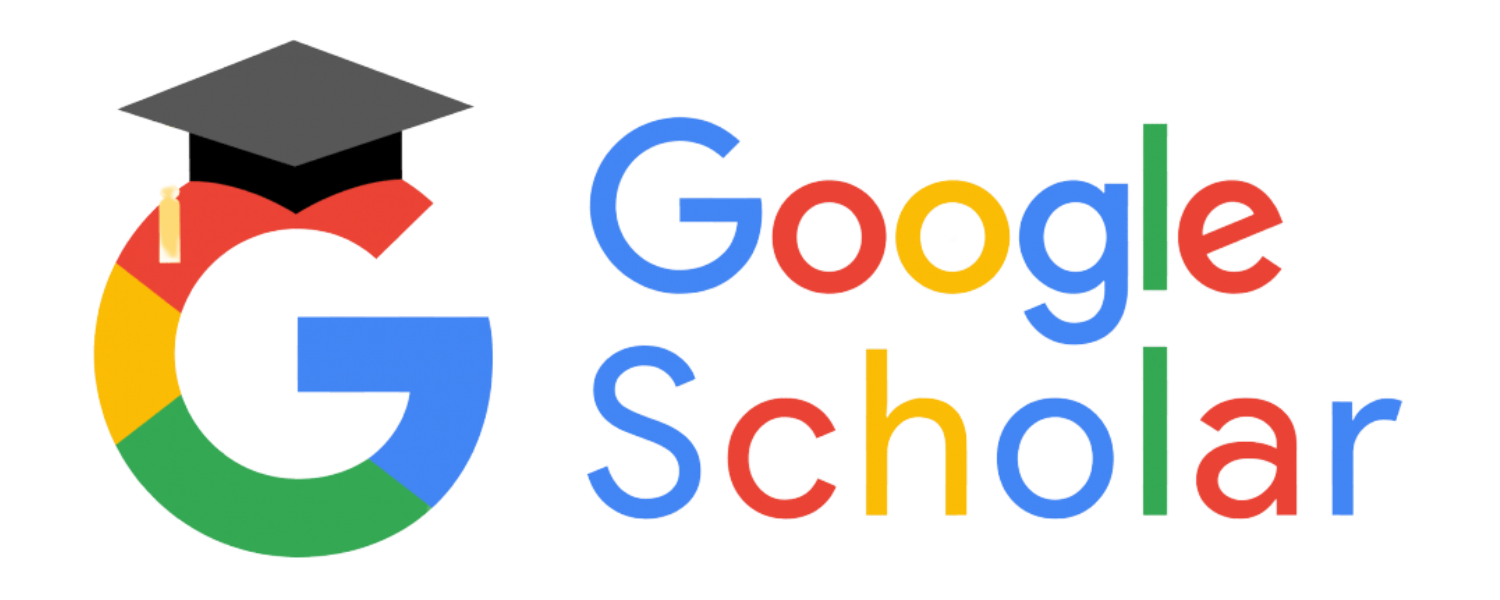




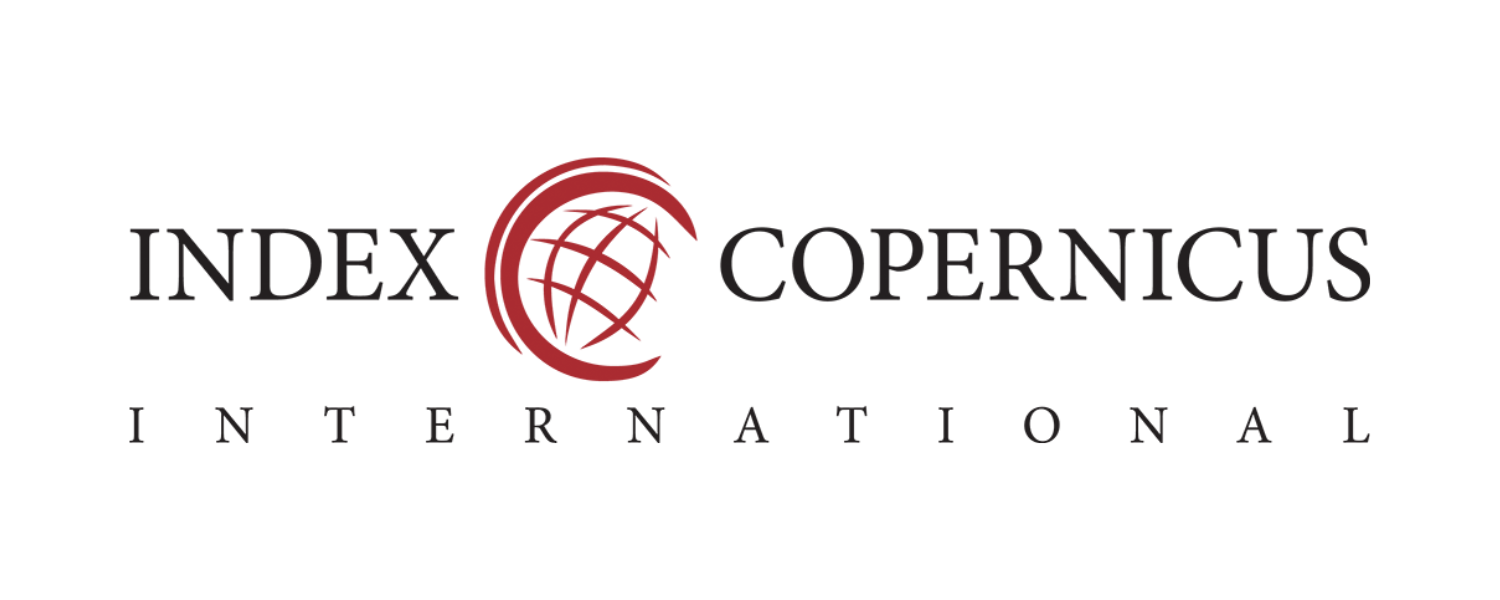

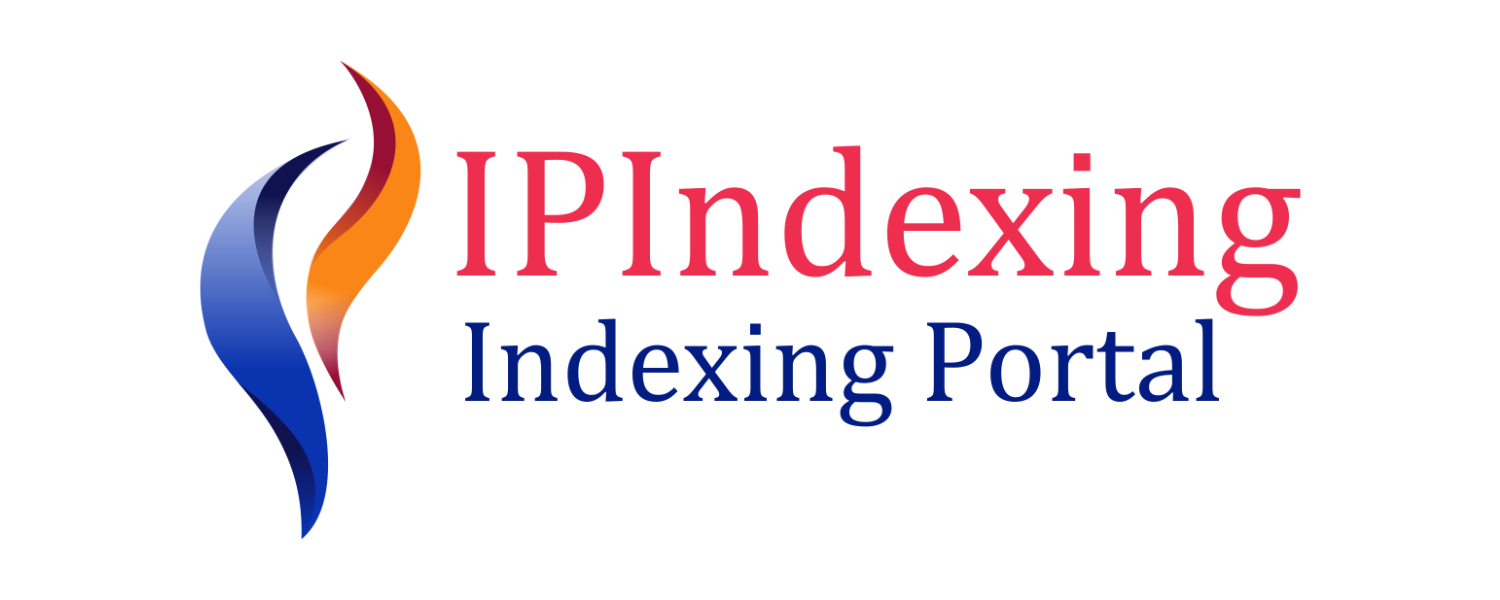


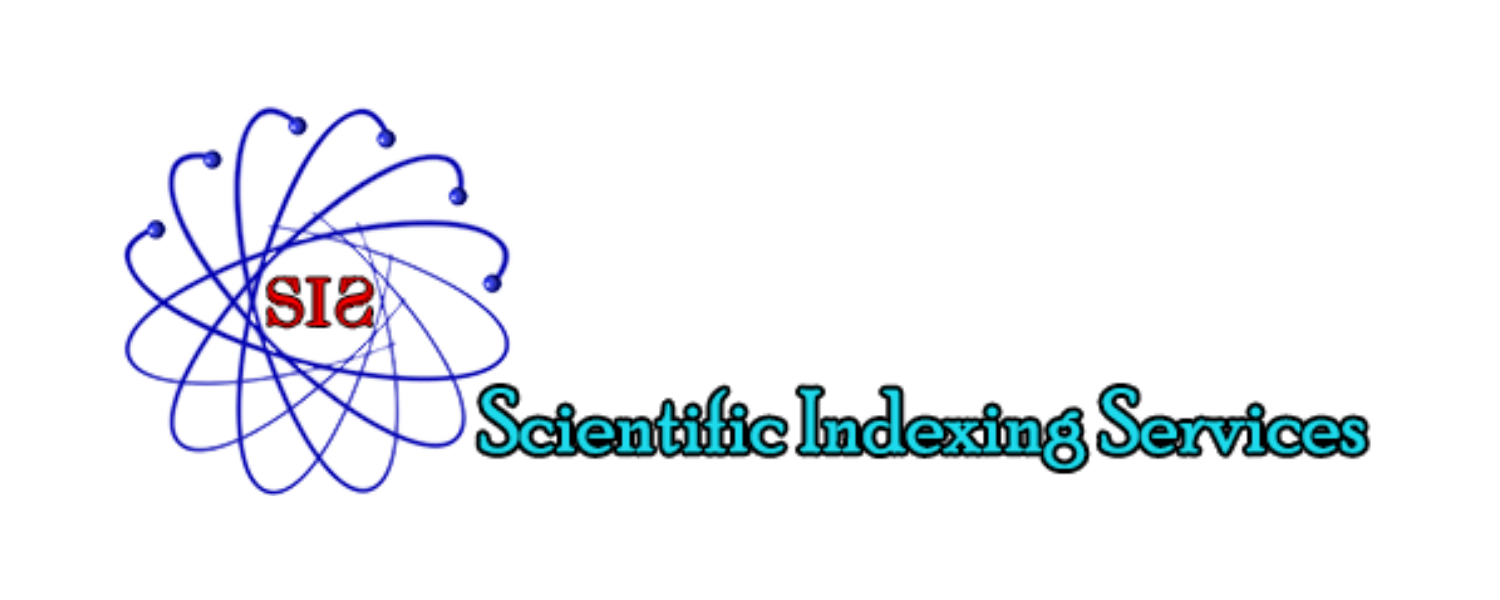



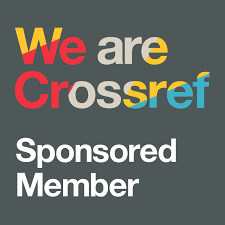



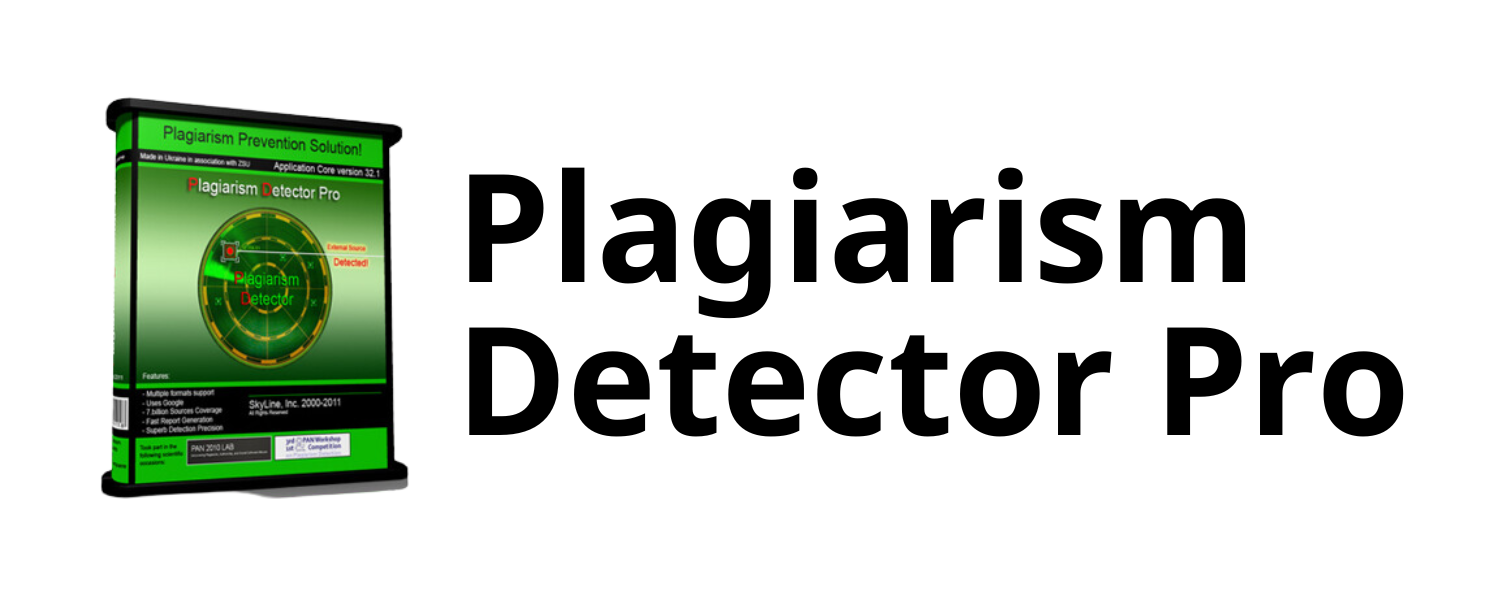



 Instagram
Instagram 